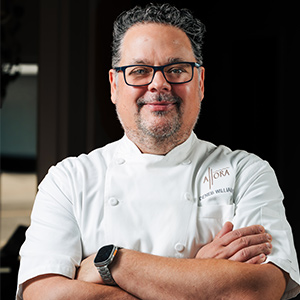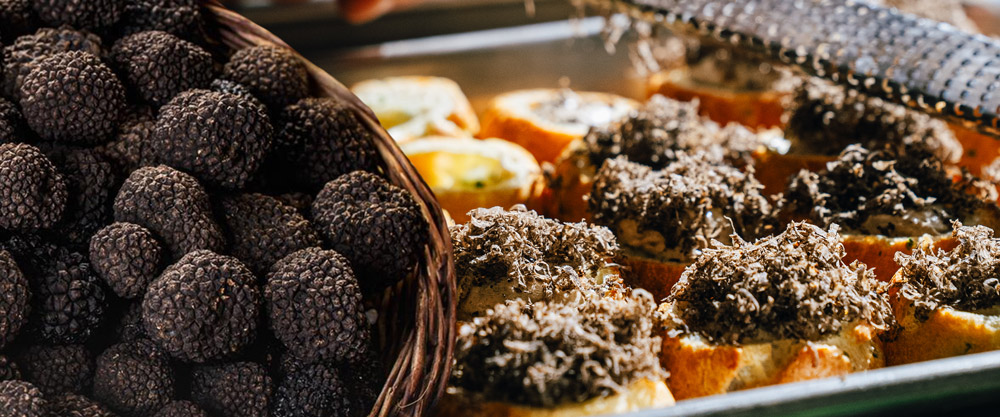In the culinary world, few ingredients inspire as much reverence and excitement as truffles. These rare, aromatic fungi have captivated chefs and food enthusiasts alike for centuries, and their allure only seems to grow stronger with time. As a chef, I view truffles not just as an ingredient, but as a muse—something that can elevate a dish from the ordinary to the extraordinary.
The Mystique of Truffles
Truffles are shrouded in a certain mystique, partly due to their rarity and the difficulty of sourcing them. Found primarily in the forests of Europe, especially in regions like France and Italy, truffles grow underground in symbiosis with the roots of certain trees, such as oaks and hazelnuts. The process of finding them is labor-intensive, often requiring specially trained dogs or pigs to sniff them out. This rarity, combined with their short seasonality, makes truffles one of the most coveted ingredients in the world.

The Aroma and Flavor Profile
What makes truffles so special is their complex aroma and flavor. The scent of a truffle is almost otherworldly—intensely earthy, musky, and even a bit garlicky, with hints of damp leaves and soil. When you first open a container of fresh truffles, the scent is almost overwhelming, yet incredibly inviting. It’s a scent that fills the kitchen and lingers in the air, promising something magical to come.
The flavor of truffles is equally complex, with a depth that’s difficult to describe. It’s often said that truffles taste like the earth itself, with a savory richness that is both subtle and pronounced. Their umami quality makes them a perfect partner to a variety of dishes, from pasta and risotto to eggs and even desserts.

Working with Truffles in the Kitchen
As a chef, working with truffles is a privilege and a challenge. They require a delicate hand and a thoughtful approach. Truffles are not an ingredient to be used in excess; a little goes a long way. The key to using truffles effectively is to allow their flavor to shine without overwhelming the other components of the dish.
One of my favorite ways to use truffles is to shave them thinly over a simple dish—like a plate of freshly made tagliatelle, tossed in a light butter sauce. The heat from the pasta releases the truffle’s aroma, creating an unforgettable dining experience. Another classic pairing is truffle with eggs, where the richness of the yolk is a perfect canvas for the truffle’s earthy flavor. Truffle-infused oils and butters are also wonderful for adding a subtle touch of truffle flavor to a dish without the need for fresh truffles.

The Balance of Luxury and Restraint
Truffles are often associated with luxury, and it’s easy to see why. Their price, rarity, and flavor make them a status symbol in the culinary world. But as with all luxurious ingredients, there’s a fine line between indulgence and excess. As a chef, it’s important to use truffles with restraint. The goal is not to overwhelm the palate with truffle flavor, but to enhance the dish, allowing the truffle to be one of many harmonious elements.
Conclusion: The Art of Cooking with Truffles
Cooking with truffles is an art form—one that requires respect for the ingredient and a deep understanding of how to balance flavors. For chefs, truffles are not just an ingredient, but a source of inspiration. They remind us of the beauty of simplicity, the power of restraint, and the importance of letting natural flavors speak for themselves. Whether it’s a simple dish of pasta or an elaborate multi-course meal, the addition of truffles can transform a meal into something truly special, a celebration of nature’s most exquisite flavors.


